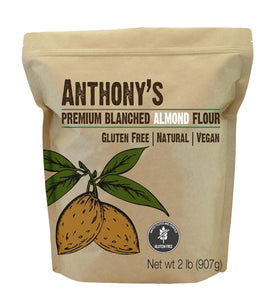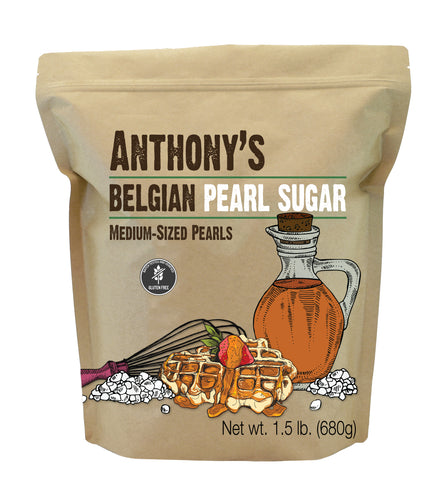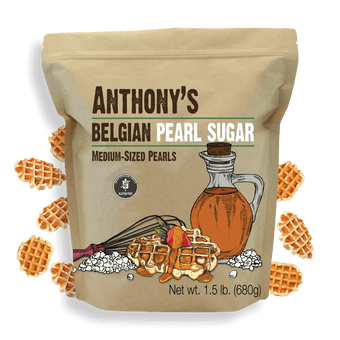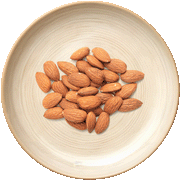Blanched vs. Unblanched Almond Flour: What’s the Difference?
Almond flour has quickly become a favorite alternative to wheat flour, and for good reason. It’s made simply from ground almonds and offers a rich, subtly sweet flavor that works beautifully in both sweet and savory recipes.
If you’ve browsed our products, you may have noticed that we offer two types: blanched almond flour and unblanched almond flour. So, what’s the difference, and what exactly does “blanched” mean?
What Does “Blanched” Mean?
Blanching is the process of removing the almond’s outer skin. Almonds have a reddish-brown skin, and when this is removed, you’re left with the smooth, pale almond beneath. Blanched almond flour is made using these skinless almonds, while unblanched almond flour includes the whole almond, skin and all.
How Are Almonds Blanched?
It’s a simple process. Almonds are briefly boiled, then cooled quickly in cold water. The skins loosen and slip off easily by hand. Once the skins are removed, the almonds are dried and finely ground into flour.
Key Differences Between Blanched and Unblanched Almond Flour
Both types of almond flour can be used in a variety of recipes, but they do have a few noticeable differences:
Unblanched Almond Flour
-
Made with whole almonds, including the skin
-
Has a speckled, slightly darker appearance
-
Tends to be denser in texture, which can affect the final look and feel of baked goods
-
Often preferred for rustic or heartier recipes like breads or muffins
Blanched Almond Flour
-
Made with almonds that have had their skins removed
-
Has a lighter color and a finer, more uniform texture
-
Ideal for delicate pastries, cakes, cookies, and other baked goods where a smooth finish is desired
When to Use Each Type
Both blanched and unblanched almond flours are versatile and can be used in:
-
Cakes and cookies
-
Pie crusts
-
Pancakes and waffles
-
Homemade pasta
-
Breaded coatings for proteins
Blanched almond flour tends to be preferred in baking where a soft, refined texture is key. Unblanched flour works well when you’re looking for a heartier bite or a more wholesome presentation.
Shop Almond Flour
Ready to try it for yourself? Browse our selection of blanched and unblanched almond flour. Both are gluten-free, vegan, and made with just one ingredient: almonds. Whether you’re baking a birthday cake or experimenting with low-carb recipes, almond flour is a pantry staple worth having.















